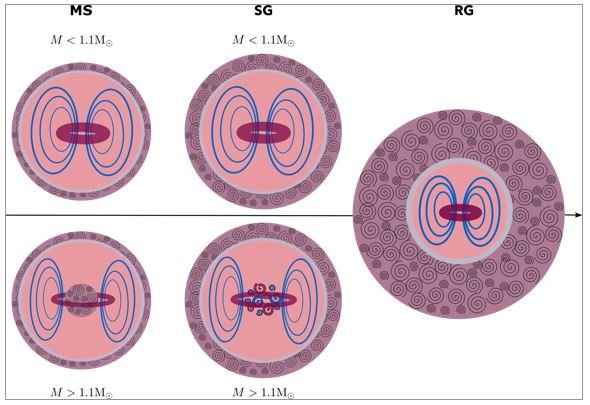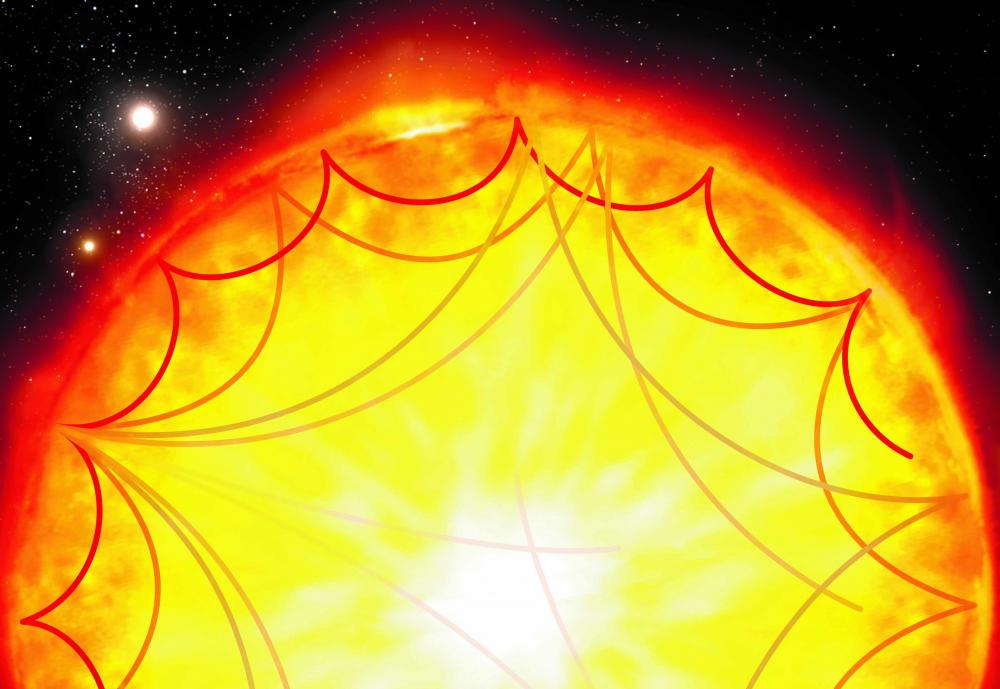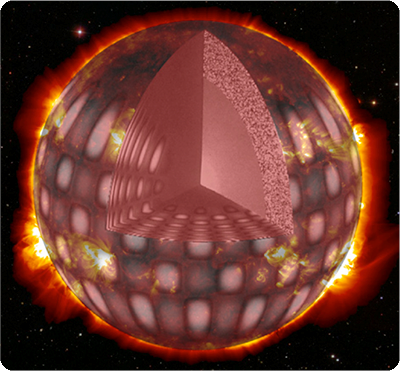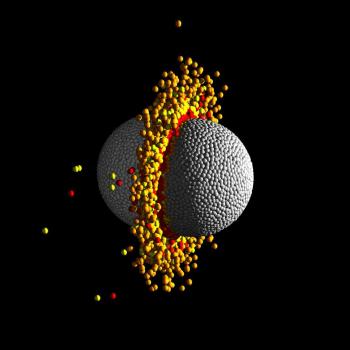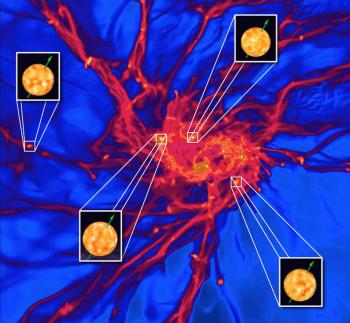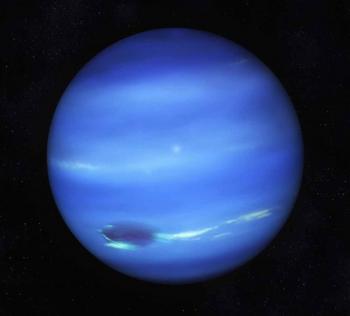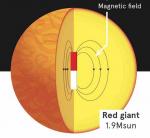Jan 17, 2024
To unravel this mystery, several teams with diverse skills from the Astrophysics Department had to come together, as the architecture that unites the star to its planet is highly complex.
Apr 28, 2021
An international collaboration led by a team from the Astrophysics Department/AIM Laboratory of IRFU has predicted and characterised the expected signature of internal magnetic fields in stars through their seismology - called asteroseismology.
Apr 22, 2021
An international team including researchers from the Astrophysics Department (DAp) of CEA/Irfu, working in particular at the laboratory for the Dynamics of Stars, (Exo) planets and their Environment (LDE3), has been able to demonstrate that stars rotate faster than expected as they get older.
Oct 07, 2019
Lisa Bugnet, astrophysicist at the CEA, 2019 winner of the L'Oréal-Unesco Prize for Women in Science
Lisa Bugnet is one of 35 young women researchers who won the L'Oréal-Unesco Fellowships for Women in Science in 2019.
Jan 27, 2019
An international collaboration, involving the Astrophysics Department-Laboratory AIM of CEA irfu, participated in the study of an exoplanetary system, Kepler-107 and revealed an amazing distribution of its 4 planets of which two seem potentially resulting from a giant impact.
Mar 13, 2017
Mysterious alignment of the rotation axis of stars in two clusters
The stars do not play dice! It is the extraordinary discovery that the researchers of the Department of Astrophysics-Laboratoire AIM of the CEA-Irfu made by succeeding in determining the orientation in the space of the axis of rotation of stars belonging to two clusters of stars, thanks to asteroseismology.
Feb 16, 2017
In an article published in the Astrophysical Journal, an international team including two researchers from the Astrophysics Department- AIM Laboratory at CEA-Irfu, successfully detected the trace of solar oscillations in the light reflected by the planet.
Jan 19, 2016
Finding to impact understanding of stellar evolution
An international collaboration, involving the Astrophysics Department-AIM Laboratory of CEA-IRFU, managed to determine, from asteroseismology, that up to 65% of stars more massive than the Sun (between 1.

